
Starting June 1st, 2023 Our warehouse fee will be $0.65/cubic foot per month
In effort to lower the warehouse storage fee during inflation, we have went narrow aisle racking.This construction took us four months but the project is finally completed. With narrow aisle racking, we are able to drop storage by 24%.We as partners will go through this inflation together.
08/10/2025
Contract logistics is transforming how US businesses manage their supply chains, offering a smarter way to handle warehousing, transportation, and distribution through long-term partnerships. In a market where speed, cost efficiency, and reliability can make or break a business, contract logistics delivers integrated solutions that help companies scale faster, cut costs, and stay competitive.
At its core, contract logistics is the outsourcing of logistics and supply chain operations to a third-party provider through a formal, often multi-year, contract. This contract outlines service levels, performance targets, pricing models, and compliance requirements.
In the US, contract logistics providers tailor their services to each client’s needs, ranging from basic storage and shipping to fully managing an entire supply chain including procurement, production support, fulfillment, and reverse logistics.
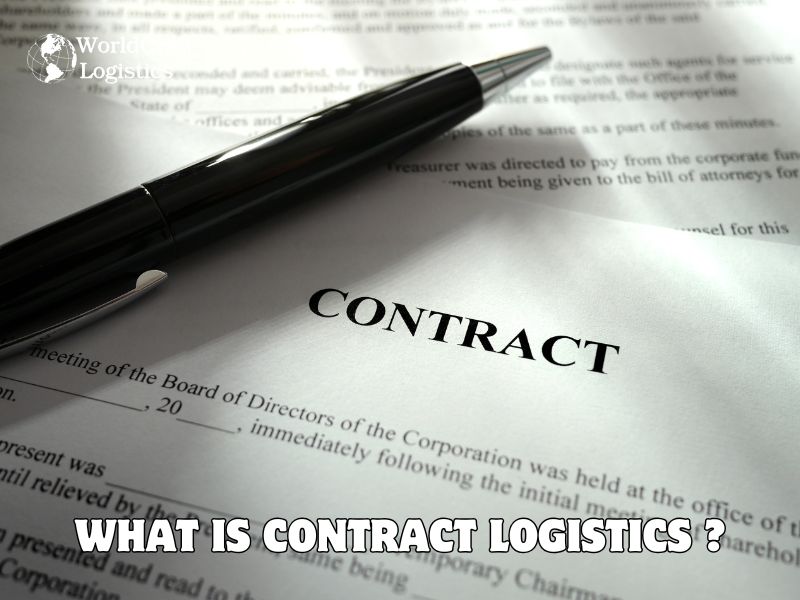
The main distinction lies in duration and depth of integration:
Logistics: Often transactional or short-term. Example: hiring a carrier to move goods from Los Angeles to New York.
Contract Logistics: Long-term, strategic arrangement where the provider might operate a client’s distribution centers, manage transportation fleets, and integrate IT systems for real-time visibility.
In other words, traditional logistics is like hiring a taxi when you need a ride, whereas contract logistics is like having a dedicated chauffeur who knows your schedule, preferences, and long-term goals.
One of the biggest advantages is the ability to convert fixed costs into variable costs.
Owning warehouses, fleets, and IT systems requires significant capital.
By partnering with a contract logistics provider, companies can tap into existing infrastructure.
Studies show that US businesses can save 10–25% in logistics expenses through effective outsourcing especially when operations are scaled.
Running a warehouse or managing freight routes might not be your company’s strength. Outsourcing frees up your team to focus on product innovation, marketing, and customer experience while leaving logistics to specialists.
In a competitive US market, access to advanced tools like Warehouse Management Systems (WMS), Transportation Management Systems (TMS), RFID tracking, and AI-based demand forecasting can be a game-changer. Contract logistics providers invest heavily in these systems so you don’t have to.
For e-commerce and retail businesses, seasonality can cause massive fluctuations in demand. With contract logistics, scaling up during peak seasons and scaling down afterward is seamless without the headache of hiring and training temporary staff.
US logistics providers are familiar with DOT, OSHA, and customs regulations. This expertise reduces legal risks and ensures smooth cross-border operations when needed.

From climate-controlled storage for pharmaceuticals to bulk storage for manufacturing, contract logistics providers in the US offer:
Inventory tracking with real-time data
Cycle counting & stock audits
Order picking, packing, and labeling
Returns management
Services often include:
Full truckload (FTL) and less-than-truckload (LTL)
Intermodal transportation
Last-mile delivery optimization
Providers use route optimization software to reduce transit times and costs critical for meeting US consumers’ 2-day delivery expectations.
These go beyond basic logistics, including:
Kitting & light assembly for retailers
Custom packaging for marketing campaigns
Reverse logistics for product returns or recycling
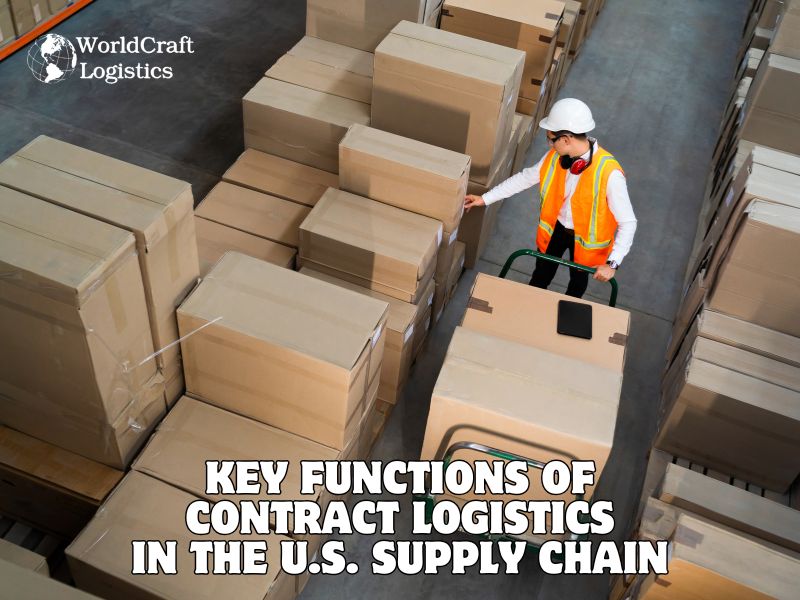
A 3PL may handle shipping, warehousing, or fulfillment on a per-project basis. Contract logistics often covers the entire supply chain, offering a fully integrated, long-term solution.
While 3PL agreements can be seasonal or month-to-month, contract logistics agreements typically span 3–5 years, ensuring continuity and long-term performance improvements.
Contract pricing may include:
Fixed fees for dedicated resources (e.g., warehouse space, staff)
Variable fees based on volume or performance metrics
This allows companies to forecast costs with greater accuracy.

Case Study: Outsourcing Services for a Mid-Size Retailer
A mid-sized apparel retailer in Texas faced high storage costs and slow order processing. By partnering with a contract logistics provider, they:
Consolidated three regional warehouses into one automated distribution center
Reduced order cycle time from 48 hours to 12 hours
Cut transportation costs by 15% in the first year
Improved order accuracy to 99.7% through barcode scanning and WMS integration
While the advantages are clear, businesses should be aware of potential downsides:
Dependency on the Provider: Over-reliance can make switching providers difficult.
Contract Management Complexity: Multi-year contracts require careful negotiation and oversight.
Data Security Concerns: Sharing sensitive inventory and sales data with a third party requires strong cybersecurity measures.
Performance Risks: If the provider underperforms, the impact can be significant.
Successfully adopting contract logistics in the US requires more than signing an outsourcing agreement; it demands strategic planning, clear communication, and ongoing performance management. Below are proven best practices used by leading American businesses to ensure a smooth and profitable transition.
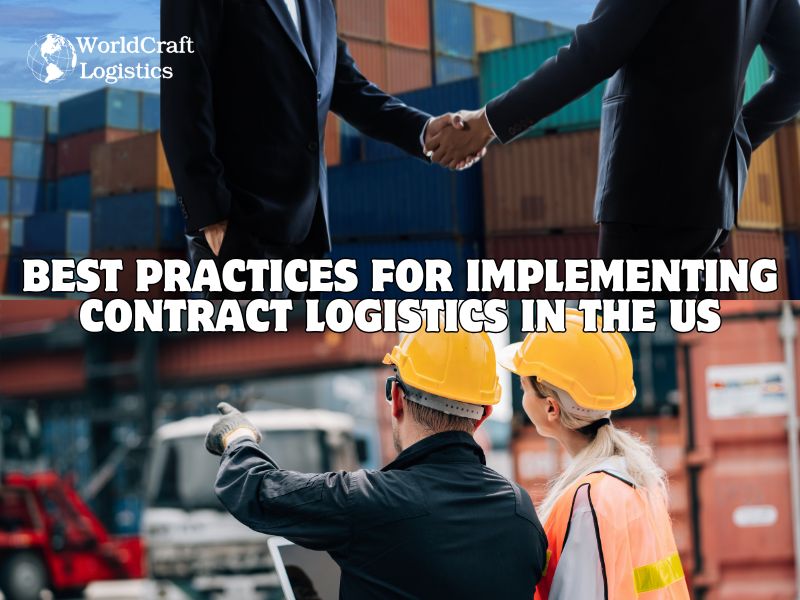
Before engaging a provider, map out your entire supply chain from sourcing to last-mile delivery. Identify pain points such as high transportation costs, delayed deliveries, or excess inventory.
Tip: Use a supply chain mapping tool or conduct a time-and-motion study to quantify inefficiencies.
Example: A midwest electronics distributor discovered 22% of its warehouse space was underutilized a gap a contract logistics partner later converted into a cross-docking hub, reducing delivery times by two days.
Not all providers are created equal. Evaluate each candidate based on:
Experience in your industry (e.g., retail, manufacturing, pharmaceuticals)
Technology capabilities such as real-time tracking, WMS/TMS integration, and API connectivity
Geographic network coverage, especially for large US states or regions where delivery speed is critical
Cultural fit with your company’s values and service expectations
Tip: Visit the provider’s facilities and speak directly with their operations team before finalizing the contract.
Performance metrics are the backbone of a successful partnership. Define Key Performance Indicators (KPIs) and Service Level Agreements (SLAs) in the contract to avoid ambiguity. Common metrics in the US include:
On-time delivery rate (target: 98% or higher)
Inventory accuracy (target: 99%+)
Order cycle time (e.g., within 24 hours for e-commerce fulfillment)
Cost per order or per pallet
Pro Tip: Include penalty and incentive clauses to align provider performance with your business goals.
Communication should go beyond monthly reports. Schedule quarterly business reviews (QBRs) to evaluate performance against KPIs, discuss challenges, and align on future plans.
Example: A California-based apparel brand uses QBRs not only to review metrics but also to co-develop seasonal demand forecasts with its provider, ensuring inventory availability during high-demand months like December.
US businesses often face sudden volume spikes due to seasonal sales, promotions, or market shifts. Ensure your provider can scale capacity quickly without sacrificing service quality.
Ask upfront: “Can you double our order volume for a month if needed?”
Case in Point: During the 2022 holiday season, a New York e-commerce company tripled its order volume. Its contract logistics provider deployed temporary staff, expanded operating hours, and repurposed an adjacent facility avoiding costly shipping delays.
By applying these best practices, US companies can not only avoid common pitfalls but also turn contract logistics into a growth engine that boosts efficiency, profitability, and customer satisfaction.
Contract logistics is more than just a cost-saving measure; it's a strategic decision that can transform your supply chain into a competitive advantage. US companies that embrace this model can scale faster, improve customer satisfaction, and respond more effectively to market changes. If your business is ready to explore contract logistics solutions, start by evaluating your current logistics costs and identifying functions that could be outsourced for greater efficiency.
Look for providers through US trade associations, logistics directories, or platforms like ThomasNet and SAM.gov.
Join Amazon’s Delivery Service Partner (DSP) program, meet performance benchmarks, and comply with safety and branding standards.
Yes. In the US, contract logistics is governed by commercial law, federal transportation regulations, and the terms agreed between the parties.
It’s the long-term outsourcing of integrated supply chain operations from warehousing to last-mile delivery to a specialized provider.
When your logistics operations are complex, consistent, and require specialized resources.
For high-volume, long-term needs, contract logistics generally delivers more predictable savings.
By offering scalable fulfillment, rapid shipping, integrated returns handling, and advanced order tracking.
SEO
Digital Marketing/SEO Specialist
Simon Mang is an SEO and Digital Marketing expert at Wordcraft Logistics. With many years of experience in the field of digital marketing, he has shaped and built strategies to effectively promote Wordcraft Logistics' online presence. With a deep understanding of the logistics industry, I have shared more than 500 specialized articles on many different topics.
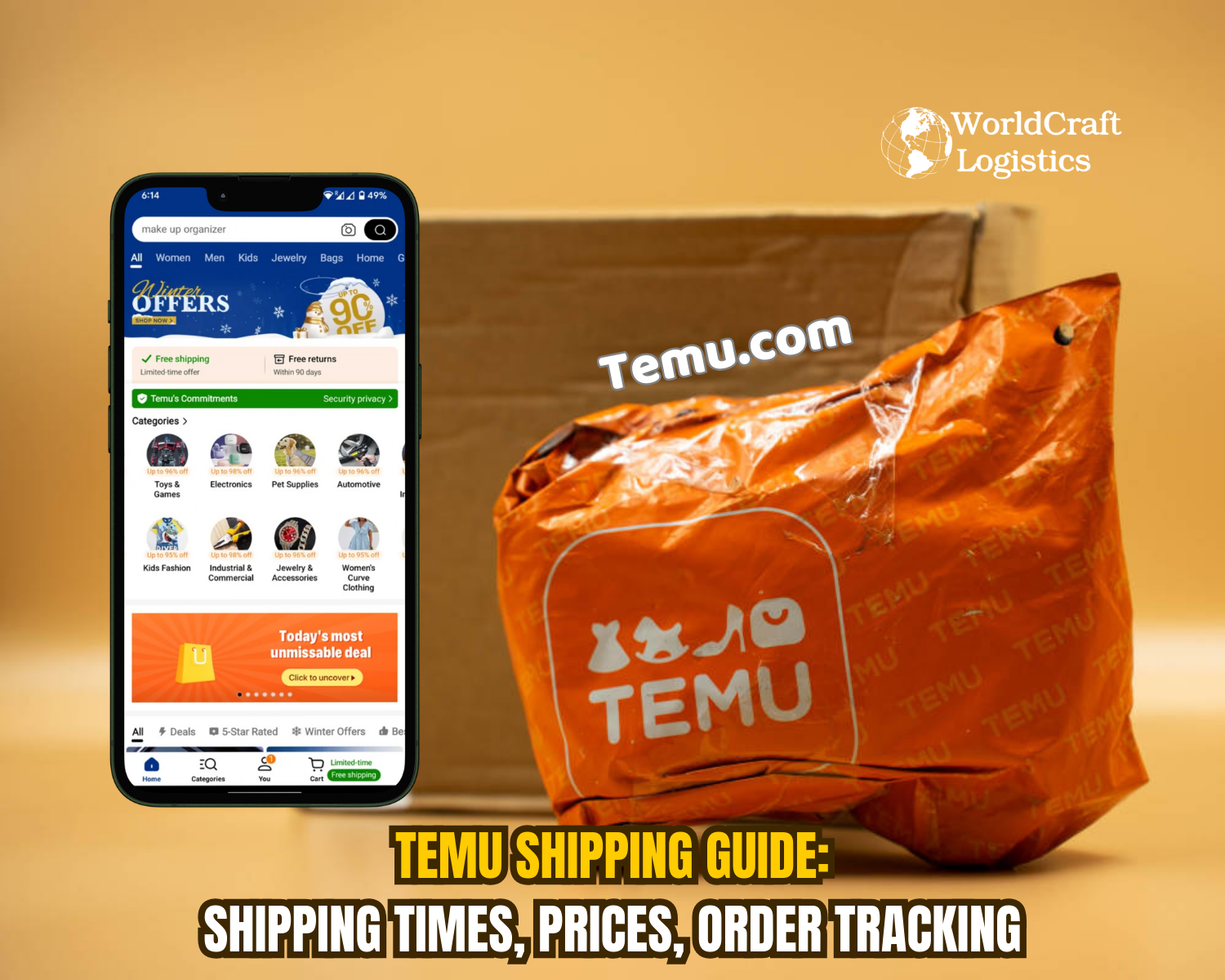
Education
01/05/2025
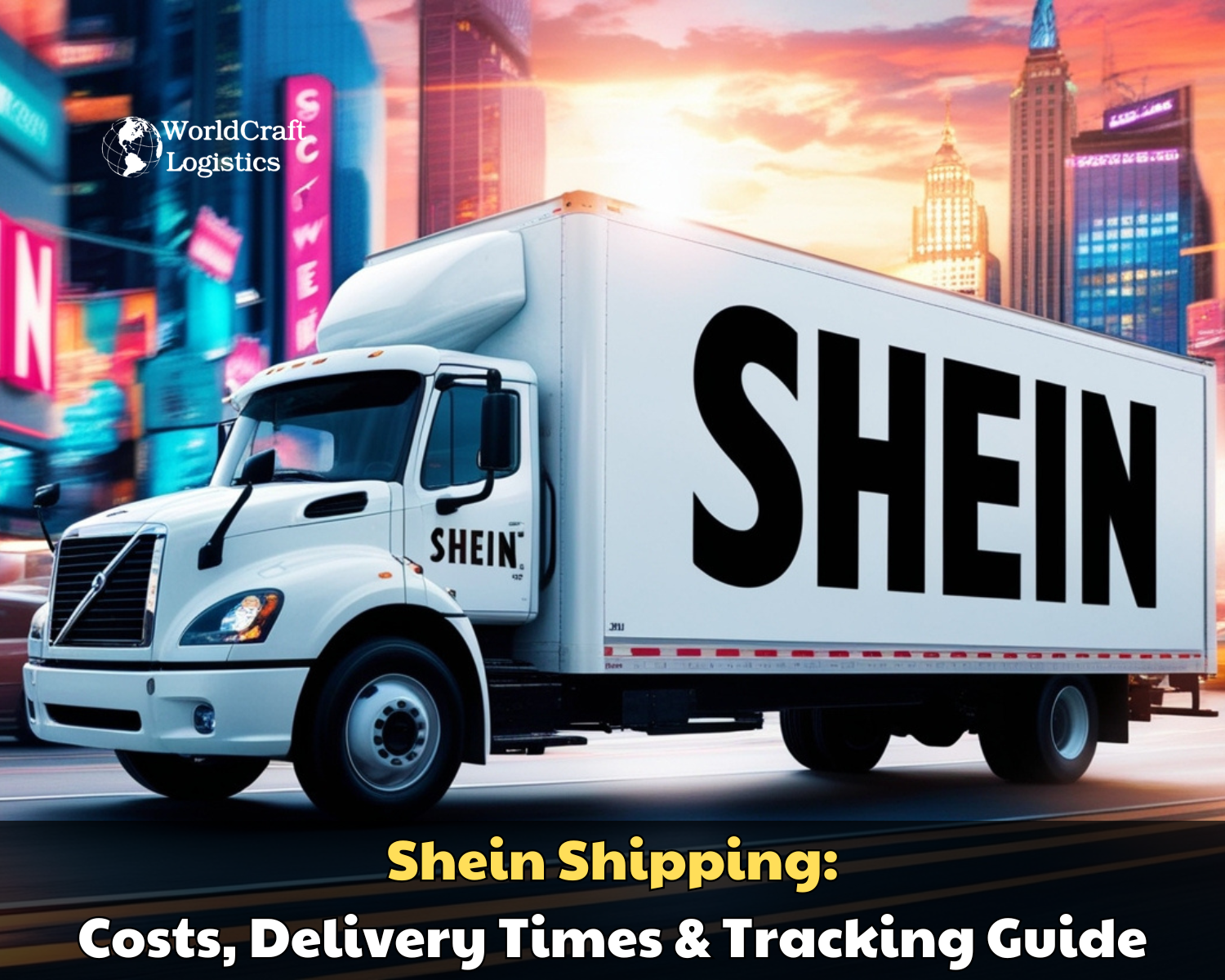
Education
02/18/2025
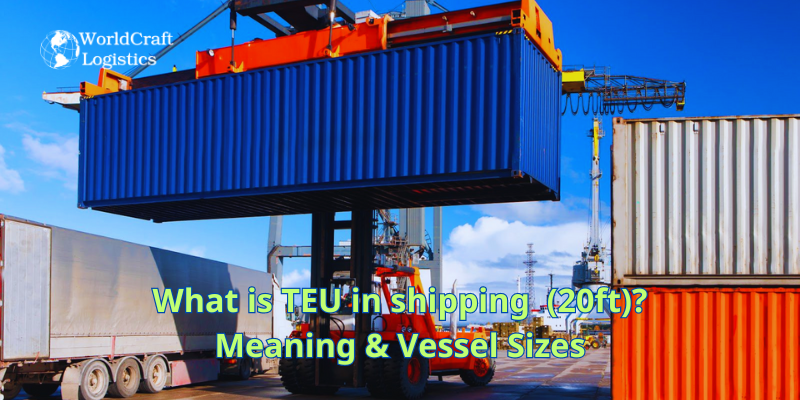
Education
01/01/2024
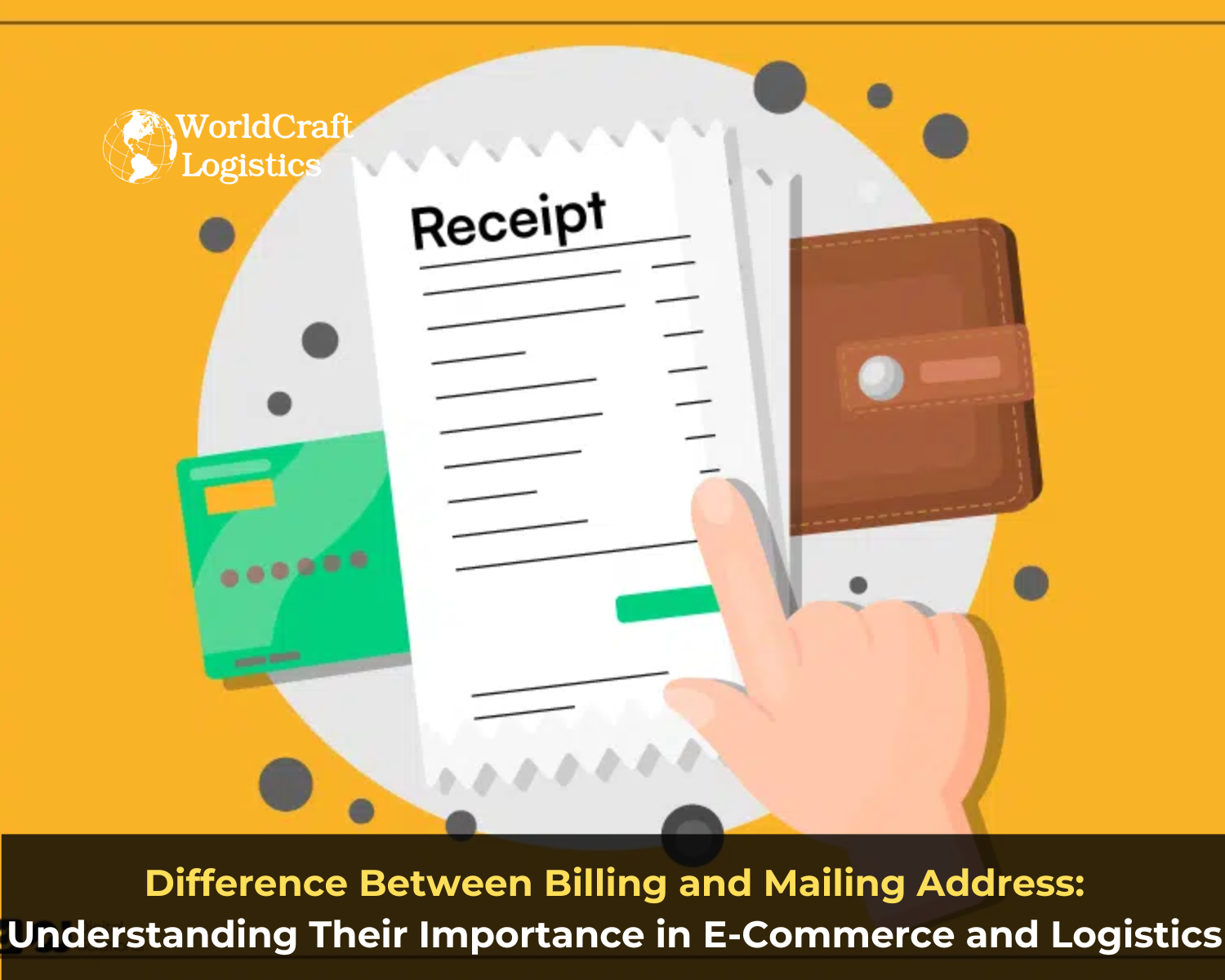
Education
08/28/2024

Education
11/13/2023